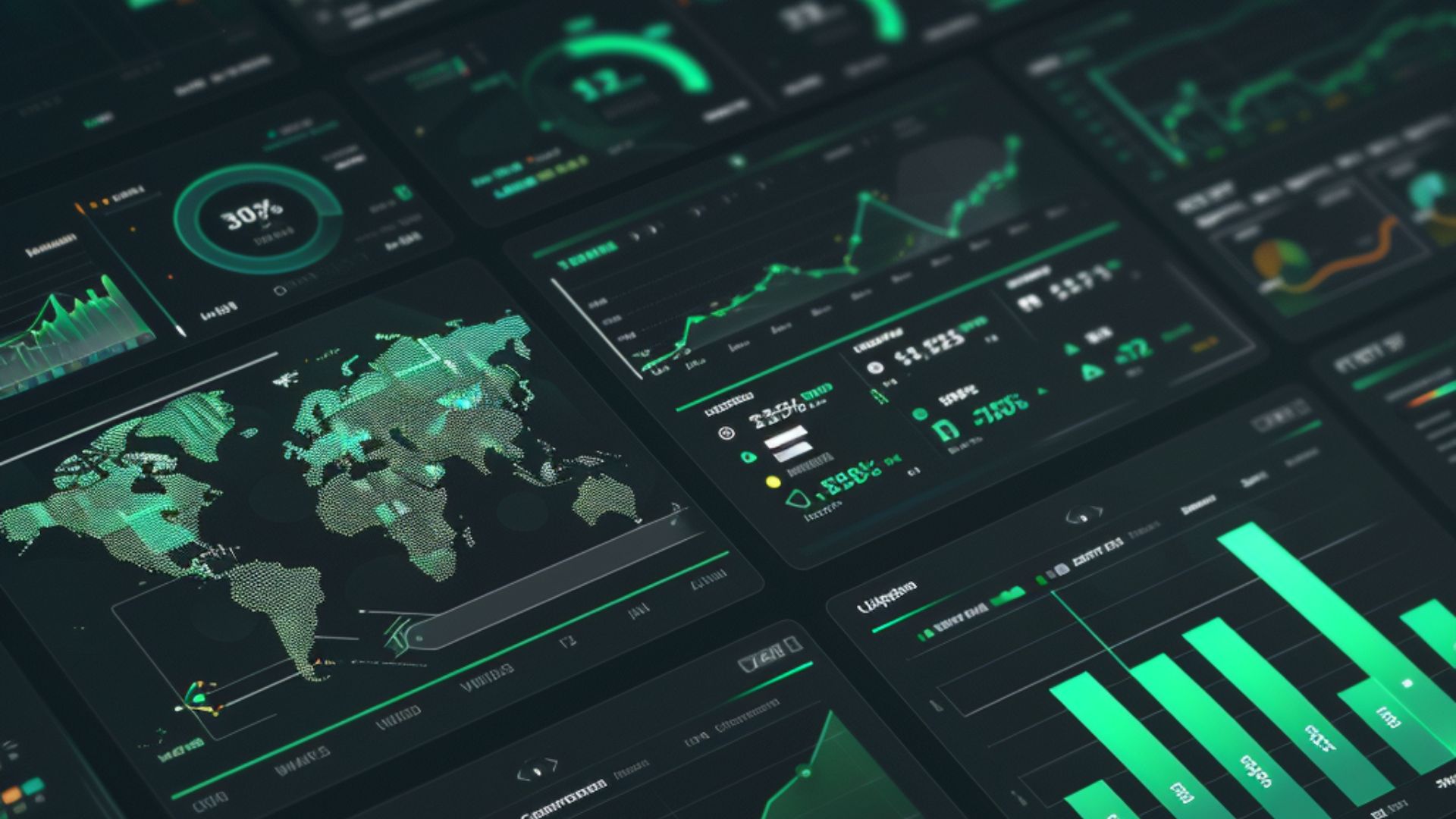In the global effort to combat climate change, carbon credits have emerged as a vital tool for businesses to manage their greenhouse gas (GHG) emissions. This comprehensive guide will explore the concept of carbon credits, their types, functionality, and how they play a role in achieving carbon neutrality.
Understanding Carbon Credits
A carbon credit is essentially a permit that allows the holder to emit a specified amount of carbon dioxide or other GHGs. The system is designed with a quota, limiting the total emissions a business can produce, thereby encouraging reductions. Carbon credits are then utilized in offsetting projects to balance out the residual emissions that organizations cannot eliminate through direct reductions.
Key Points about Carbon Credits:
- Market-Oriented Approach: Carbon credits are part of a market-based strategy to incentivize GHG emission reductions.
- Decreasing Allocation: The number of carbon credits allocated to each company decreases over time to encourage continuous emission reductions.
- Valuation: One carbon credit is equivalent to one tonne of CO2 emissions (tCO2e).
Types of Carbon Credits:
- Voluntary Emissions Reduction (VER): These credits are from certified offsetting projects not under UN schemes like the Clean Development Mechanism (CDM). They are traded in the voluntary market and cannot be used to meet Kyoto Protocol obligations.
- Certified Emissions Reduction (CER): Backed by the UN, CERs are issued for offsetting projects under the CDM, helping member states offset emissions in other countries.
How Carbon Credits Work:
Businesses can purchase carbon credits to contribute to offsetting projects, aiming to set lower emission targets annually. After reducing their carbon emissions, companies offset the remaining emissions by investing in projects that remove or reduce GHGs from the atmosphere.
Acquiring Carbon Credits:
The most straightforward way to buy carbon credits is through an emissions management platform like CarbonM by Cedars Digital. This platform allows businesses to purchase credits and invest in certified offsetting projects seamlessly, ensuring compliance with GHG Protocol Standards and regional regulations.
Cost of Carbon Credits:
- VERs: Typically range from $10 to $100 per tonne.
- CERs: Usually priced over $300 per tonne.
Carbon Credit Market Overview:
The carbon credit market is divided into the Voluntary Market for VERs and the Mandatory Compliance Market for CERs. The Voluntary Market is not traded through government systems, whereas the Mandatory Compliance Market is for organizations to meet Kyoto Protocol obligations.
Regulations and Trading Programs:
- Compliance Offsets: Regulated by government schemes like the CDM.
- Trading Programs: Include the EU Emissions Trading System (EU ETS), California Cap-and-Trade Program, and the China National Emissions Trading Scheme (ETS), among others.
International Acts for Carbon Reductions:
- US Clean Air Act: Established to regulate emissions and protect public health.
- Kyoto Protocol: Commits countries to reduce GHGs and includes mechanisms like the CDM and Joint Implementation (JI).
- Paris Agreement: Aims to limit global warming by reducing emissions and achieving carbon neutrality.
Final Thoughts:
Carbon credits are an essential component of a business’s strategy to achieve carbon neutrality. By understanding and effectively utilizing carbon credits, companies can contribute to global efforts to combat climate change while also meeting their sustainability goals. With platforms like CarbonM, managing and offsetting emissions becomes a streamlined and efficient process.




